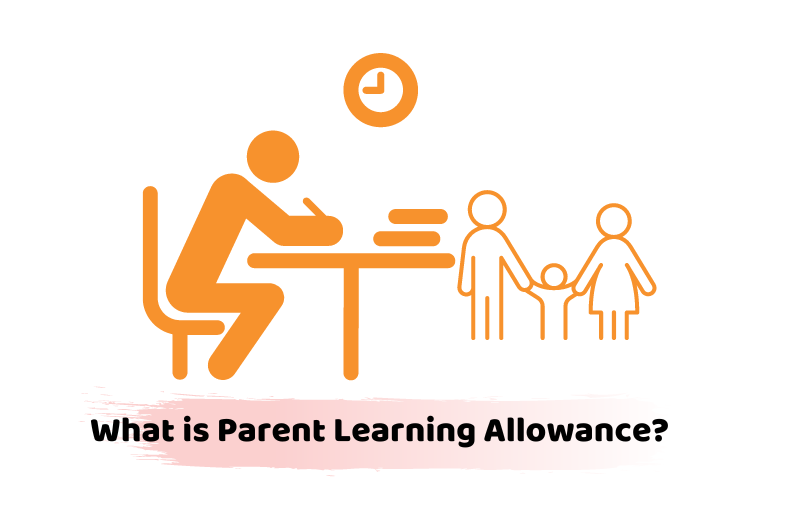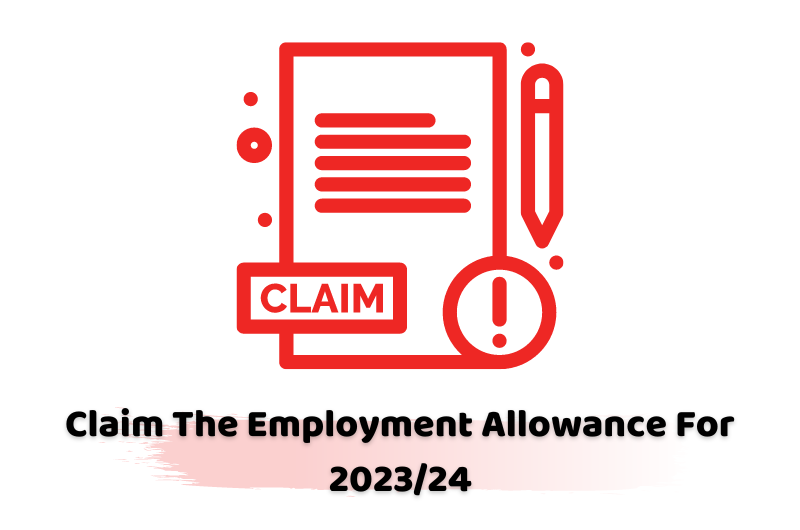The Employment Allowance is an allowance that eligible employers can claim to set against their secondary (employer’s) Class 1 National Insurance liability. The employment allowance is set at £5,000 for 2023/24, capped at the employer’s secondary Class 1 National Insurance for the year where this is less. It is not given automatically and must be claimed.
Eligible Employers
The National Insurance Employment Allowance is only available to eligible employers. An employer can claim the allowance for 2023/24 if their employer’s Class 1 National Insurance liabilities in 2022/23 were less than £100,000, provided that the employer is not otherwise excluded. Where the employer is part of a group, the £100,000 limit applies to the group as a whole. Likewise, where the employer runs more than one payroll, the total employer’s Class 1 National Insurance liabilities across all the payrolls must be less than £100,000 for 2022/23.
Certain categories of employers are not able to claim the Employment Allowance even if their employer’s Class 1 National Insurance bill for 2022/23 was less than £100,000. This includes companies where the sole employee is also a director (ruling out most personal companies) and public bodies.
Making A Claim
The employment allowance is not given automatically, and employers must claim it. The claim is made through the employer’s payroll software. If the employer uses HMRC’s Basic PAYE Tools package or a claim cannot be made through the employer’s payroll package, this can be used to make the claim.
The claim is made in an Employer Payment Summary (EPS) by selecting ‘yes’ for the ‘Employment Allowance indicator’ field.
If an employer is no longer eligible for the allowance or a claim has been made in error, the employer should enter ‘no’ in the ‘Employer Allowance indicator’ field when submitting their next EPS. If a claim is stopped before the end of the tax year, any Employment Allowance that has already been given will be clawed back, and the employer will need to pay the secondary Class 1 National Insurance previously sheltered by the allowance.
Claims can be made for the previous four tax years.
Using The Allowance
Once the allowance has been claimed it will be set against the employer’s secondary Class 1 National Insurance liability until it is used up, reducing the amount that the employer has to pay. Where the allowance has not been fully utilised by the end of the tax year because the employer’s Class 1 National Insurance liability for the year is less than £5,000, the remaining allowance is lost; it cannot be carried forward to the next tax year or set against Class 1A or Class 1B liabilities.
Partner Note: NICA 2014, ss. 1–8.





















































